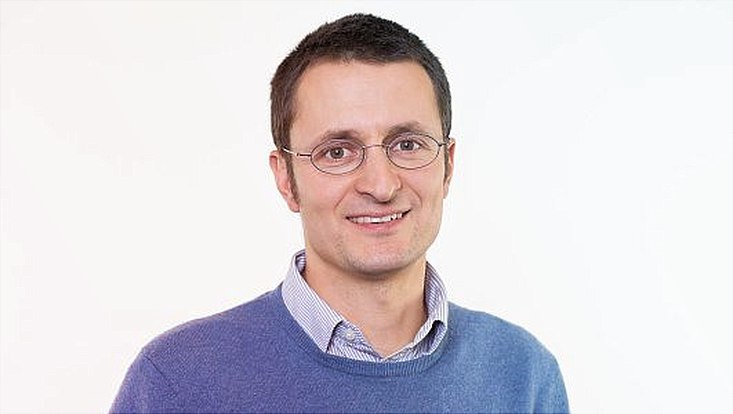17 December 2018
National funding for large core facilities— €900,000 for innovative light microscope

Photo: CSSB
The lattice light-sheet microscope (LLS) can produce videos of processes in living cells. Light-sensitive samples can also be observed over longer periods of time or with high temporal resolution.
This creates new possibilities for researchers to study processes at the molecular level and even to investigate rare, short-term occurrences following interactions with pathogens such as viruses. Among other things, the microscope will be used to study the interaction between the malaria pathogen and herpes virus and their host cells.
Most light microscope techniques currently used in biomedical research do not allow for the observation of dynamic cellular processes in their entire temporal and spatial dimensions. Observation and exposure times are limited due to the effect of photobleaching and phototoxicity, or the harmful effects of light. Both of these alter cells. The LLS microscope solves these problems because it projects low-intensity planes of light on only those aspects under investigation; this significantly reduces the overall energy interference in the cell.
Researchers from the Departments of Biology, Chemistry, and Physics at Universität Hamburg, University Medical Center Hamburg-Eppendorf, the Heinrich Pette Institute for Experimental Virology, and the Bernhard Nocht Institute for Tropical Medicine are involved in the project. The microscope will be housed at the Centre for Structural Systems Biology (CSSB), which also houses a cutting-edge cryo-electron microscope facility to decode infection processes. The LLS will further strengthen the University’s core research area Infection Research.
The DFG is funding 13 innovative experimental light microscopes at German universities with approximately €14.5 million. The funding is the result of an application call by the DFG in January 2018. Its large core facilities funding initiative, “Neuartige, experimentelle Lichtmikroskope für die Forschung” aims to fund sophisticated technologies in light microscopy that are not yet widely established.
